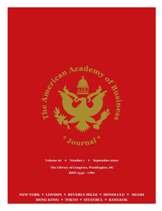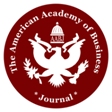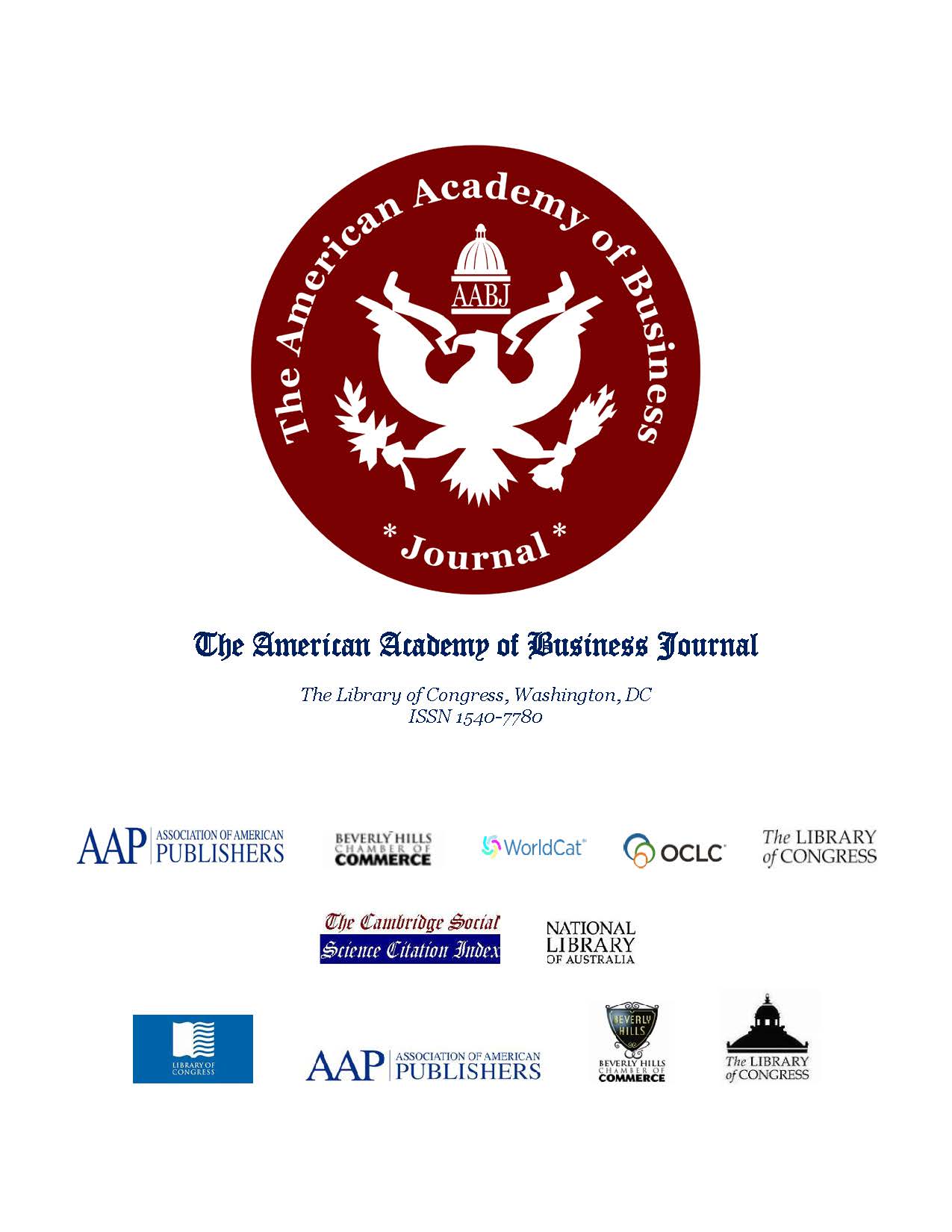|
The
Competitiveness of Urban Locations: Main Findings of a Literature Review
Alexandre
Coussa, Ph.D. Candidate, University of Fribourg, Switzerland
Dr. Philippe Gugler,
Professor, University of Fribourg, Switzerland
ABSTRACT
The
competitiveness of cities is a topic that has attracted the attention of
many researchers in recent years. The purpose of this study is to
present the highlights of the recent economic literature on this issue
so as to understand the determinants, objectives and policies that shape
the competitiveness of urban areas. In order to provide the most
objective picture possible, a systematic review of the literature
published between 2015 and 2021 was conducted using the WebofScience
database. It appears that in the literature, the competitiveness of
cities turns around policies, objectives and facilitators which sustain
one axe an interdisciplinary and sustainable vision of competitiveness
and economic development, and, on the other axe, a strong inter-cities
competition. The objective of this paper is to
understand the recent evolution of economic thinking on urban areas'
competitiveness and to determine the key issues identified along with
the literature. The chosen strategy is therefore to adopt a systematic
review of articles from 2015 to 2021 using WebofScience (WOS),
and complement it with articles of interest identified along with the
lecture. The competitiveness of cities is reviewed by analyzing the
facilitators of competitiveness, the implications in terms of objectives
and finally the policy and governance issues. The results of this
investigation are then synthesized and discussed. The results confirm
that the literature focuses on two important axes. The first one is the
interdisciplinary and sustainable vision adopted by many academics,
while the second one focuses on issues of competitiveness between
cities. In this sense, the competitiveness of cities is strongly
influenced by current issues such as neoliberalization, the development
of digital technologies and sustainability considerations, such as
mobility, education, ecological or social inclusion. The strategy
chosen in the present work is to adopt a systematic review of articles
from 2015 to 2021 by employing WebofScience, and to complement it
with articles, theories, and sources of interest. The aim of a basic
literature review is to develop a complete understanding of the current
state of knowledge on a specific topic (Machi and McEvoy, 2008, pp. 1-3)
and the present review aims to achieve the same. The
approach applied in that purpose is schematized in figure 2 and
developed further. The first step consists in identifying the articles
relevant for the review. To do so while preserving the research of
potential bias, a systematic search of scientific articles is done.
WOS databases are used to identify articles wrote on the subject
during the period going from 2015 to 2021. The query applied is
summarized in figure 1. The aim was to identify the recent articles
discussing the different aspects of cities development and
competitiveness. After proceeding, 1604 articles are found, a
screening of all titles and abstracts has afterwards been done to
extract 308 articles relevant to the topics of cities competitiveness.
In step 2, the occurrence of authors’ keywords of those 308 articles was
established in order to identify the main topics discussed in the
literature. The outline of the thesis had then been composed by
identifying the major realms of research. Cities competitiveness is
investigated through an itinerant progression by analyzing first what
are the facilitators of competiveness, then the implication in terms of
objectives and results for cities are reviewed. The questions of policy
and governance implied by the objective and results are in a third stage
studied. Following the topics chosen for review, 80 articles were
removed because they addressed issues considered to be of less interest
in relation to the chosen themes. Lastly, during the step 3, the
literature review in itself, other articles were again excluded during a
more in-depth lecture, because considered to be of no interest or not
fitting the topics chosen to be developed. On the other hand, some
articles were added to the database and this latter finally includes 173
articles.
Full Text
Artificial
Intelligence and Product Development
Dr. Mohammed R. Ahmed, Webster University, FL
Dr. Betty E. Ahmed, Liberty University, VA
ABSTRACT
Artificial
Intelligence (AI) is not a new concept. It probably existed in the minds
of researchers centuries ago, but researchers began experimenting with
AI with the introduction of digital technology. Introducing the
microprocessor brought digital computing power to individual
researchers, learners, and professionals, leading to applications of the
technology in business and management. We developed analog intelligent
machines in the late sixties and seventies, and the aviation industry
successfully applied autopilot in flight management. The growth in AI
systems has resulted from technological changes, such as computing
speed, capacity, capability, and storage. It has also created
opportunities to build learning machines that will help managers make
decisions and improve products and services in all functional business
areas. The shortening of the average product cycle, intense competition
in the marketplace, and rapid technological change has created an
environment where the growth and profits of the firms depend on new
product development. New product development has become a key element in
developing a competitive strategy. Product development decisions involve
significant investments and long-term value for the company. The
products in the technology-based industries have become so complex that
the companies have changed their production strategy from manufacturing
to sub-assembling the products. New product development at the firm
level requires research and development at the suppliers' level. The
supplier has to become partners in the firm's growth strategy. The study
aimed to investigate the process of new product development in the rapid
growth industry, analyze the firm and supplier involvement in new
product development, and develop a model for formulating a new product
development strategy. The proposed model links the firm, supplier,
artificial intelligence, growth, and business model for developing a
long-term new product development strategy. The growth in AI learning
capabilities and intense competition provide an excellent opportunity to
investigate the new product development process and learning machine
applications. The proposed 4Cs model would be helpful for the management
of new product development and for creating a competitive advantage in
the marketplace. The purpose of the paper aims to share how artificial
intelligence can be used in developing a new product or service. The
concepts from artificial intelligence and new product development
working papers are used to introduce the application of artificial
intelligence in product or service development and to build a bridge
between intelligent technology and product development strategy. The
growth in technology alone will not help businesses solve customer
problems unless it helps businesses develop improved solutions to
customers' problems. Improved solutions and new product development
satisfy the customers' wants and needs, generating revenue growth. This
paper builds the bridge to understand the applications of AI in new
products or service development. It will also include a discussion on
artificial intelligence and 4C's new product or service development
process and presents the applications of AI in the 4Cs process. The
word artificial refers to something created by humans to replicate close
to real, but it is not natural. Intelligence is the ability to solve
problems using logic, apply knowledge to enhance capabilities, the
capacity to learn and apply knowledge to produce desired outcomes and
other skills of the mind. Artificial Intelligence (AI) is a system
created by humans using digital technology that includes hardware,
software, and human contributions. It has unlimited business, education,
and healthcare applications because it mimics Human Intelligence (HI).
Full Text
Why do
Consumers Find a Two-Sided eWOM More Helpful: A Mediation Model of
Consumer’s
Attribution About the Reviewer
Dr. Sahana Sen, BMCC, City University of New York
ABSTRACT
Consumer Reviews or
e-WOM has come to be accepted as an integral aspect of the information
revolution impacting consumer behavior. Traditionally WOM is received
from trusted family or friends. How does a consumer evaluate the
opinions of an unknown “virtual” person posted in the e-WOM product
reviews? Using an observation study of real world behavior and a lab
experiment, we first show that a two-sided review is considered more
helpful by consumers. Then using attribution theory we demonstrate that
one vs. two sided reviews are likely to generate different attributions
in the reader, viz. whether the reviewer’s motivation was internal or
external (reviewer vs. product oriented), and these attributions mediate
their attitude towards the helpfulness of the two-sided review being
greater. Our findings contribute to a deeper understanding of eWOM, in
particular those arising out of the anonymity and weak ties of the
reviewers with the readers. For marketers, an understanding of what
makes a helpful eWOM can suggest better strategies for promoting the
right form of consumer reviews on their Web site. The persuasive power
of word-of-mouth (WOM) on consumer decision-making has long been
established (Brown and Reingen 1987; Feldman and Spencer 1965; Herr,
Kardes and Kim 1991; among others). WOM information has been described
as the most powerful form of marketing communications and studies have
shown that users find WOM more believable than information that is
commercially generated (Hutton and Mulhern 2002). In the digital age,
word-of-mouth on the Web, or eWOM, has become a ubiquitous phenomena,
and an integral aspect of the information revolution impacting
consumers’ search and information evaluation behavior. Due to eWOM,
consumers now have almost instant access to products and opinions from
sources other than the marketer of the product (Lopez & Sicilia 2011;
Sundermann & Raabe 2019; Sudha & Sheena 2017). In a 2019 survey on the
most common purchase influence among online shoppers in the United
States, 62 percent of respondents stated that online customer reviews
were very helpful (Statista 2022). Many consumers report turning to
consumer product reviews first, as a source of information,
amongst all online resources (Lemon & Verhoef 2016; Llamas & Belk 2022)
and a 2022 survey reported that 18.8% consumers will rely more on online
consumer reviews if the US enters a recession (eMarketer, 2022).
However, despite the above demand for eWOM, it is not without its
problems – it is after all WOM received from an anonymous person,
and as a famous New Yorker cartoon once said, “On the Internet,
nobody knows you are a dog.” In a famous case from the early days of
eWOM this anonymity was taken advantage of by no other than the CEO of
Whole Foods (Stone & Richtel, NYT, July 16, 2007; WSJ July 16, 2007).
The anonymity afforded by the Web allowed John Mackey under the
pseudonym “Rahodeb” to post more than a thousand positive messages about
his own company, and negative messages about his competition on Yahoo
Finance's bulletin board (Kesmodel & Wilke, WSJ, July 12, 2007; Lewis,
Denver Post, July 15, 2007). See Figure 1 below for an excerpt. Since
then, along with the rise in the use of consumer reviews on one hand,
the mistrust of anonymous reviews has continued to grow (DeAndrea et al.
2015). Therefore, even though e-WOM information is prolific, the issue
of source-credibility and trust is a major factor in the minds of
consumers determining whether or not to use e-WOM. In the physical
world, word-of-mouth is received from family or friends, i.e. people who
the receiver knows and has a level of trust, based upon which the
receiver decides whether or not to accept the advice (Hutton and Mulhern
2002). But how does a consumer evaluate WOM coming from a virtual
person? In this research we study the impact of Argument_type, viz.
whether the opinions posted are one-sided or two-sided, on the
evaluation of helpfulness of an eWOM review.
Full Text
The Impact of
Illiquidity on Return-Order Imbalance Relation During Financial Crisis:
Example from International Investment Banks
Feng-Sou Yang,
National Taiwan University,
Taiwan R.O.C.
Dr. Han-Ching
Huang, Chung Yuan Christian University, Taiwan R.O.C.
ABSTRACT
In this paper, we
focus on the illiquid trades on international investment banks in
financial crisis. Empirical results show that before Lehman Brothers’
bankruptcy, the correlation between returns and lagged-one order
imbalance is basically positive, whereas after Lehman’s bankruptcy we
get a much negative relationship. Moreover, before Lehman Brothers’
bankruptcy, contemporaneous order imbalances are significantly positive,
and this result is strengthened after the crisis. When market liquidity
is scarcer, order imbalances have a greater explanatory power in both
OLS and GARCH models owing to the reduced market efficiency.
In recent years,
the influence and impact of liquidity is getting more and more
important, and has been one of the most popular issues in modern
financial market. Particularly, the concept of liquidity is highly
linked to trading volume, which may be the key cut for traders to earn
abnormal returns by several trading strategies. Chordia, Roll, and
Subrahmanyam (2002) has
provided the link between trading volume
and returns. They found order imbalance as a key factor determining the
stock return rather trading volume, which is absolutely guaranteed to
conceal some important aspects of trading. They concluded that
the order
imbalance increases following market declines and vice versa, which
reveals that
investors are
contrarians on aggregate. Also, order imbalance in either direction,
excess buy
or sell
orders, will reduce liquidity. Stock returns are strongly affected by
contemporaneous and lagged order imbalances, and will reverse themselves
after high negative imbalance. Lin
(2010) have assured that it is nearly not possible for traders to earn
abnormal returns by exploiting the relationship between current volume
and future returns in terms of highly liquid equity markets such as the
NYSE. This could also be explained by Chordia, Huh, and Subrahmanyam
(2007), who concluded that the NYSE market’s liquidity is strong enough
to maintain a great level of market efficiency that prevents those
inside information traders from earning abnormal returns.
That
is, the NYSE stock market could be regarded with great level of
liquidity and efficiency in its nature according to the definition of
Fama (1970). However, after the financial crisis in Sep 2008, lots of
issues are being brought up as to whether such high degree of market
efficiency continues to be maintain under such extreme circumstances
where liquidity is almost sucked up during late 2008, and do new trading
opportunities appear as a result, perhaps temporary, but enough for the
clever speculators to take advantage of this anomaly and earn abnormal
returns. In this paper, we address these questions by first providing a
comprehensive survey of recent related work in the literature followed
by a brief framework of our approach. Next, we discuss our data together
with our ways of processing, and then we turn to the methodology of our
analysis. Later, we describe the quantitative results we have obtained
accompanied by a demonstration of their statistical significance. Our
results show that when market liquidity is scarce, order imbalances have
a greater explanatory power in both our OLS and GARCH models thanks to
the reduced market efficiency. Last but not least, we provide a
conclusion based on our findings and lay down the implications that, we
believe, will shed new light to this much debated issue.
Fama (1970) published his
profound “Efficient Capital Markets” in his seminal review has the
concept of market efficiency attracted much interest from a variety of
researchers. Since it has been suggested that in the academic field that
market is not perfectly efficient, lots of research has been done to
investigate the soundness of market efficiency. For the relationship
between asset pricing and the bid ask spread, Amihud and Mendelson
(1986) analyze a model in which investors with different expected
holding periods trade assets with different relative spreads.
Full Text
|

 The
American Academy of Business Journal
The
American Academy of Business Journal
.gif)